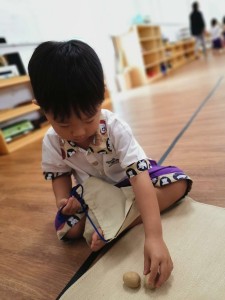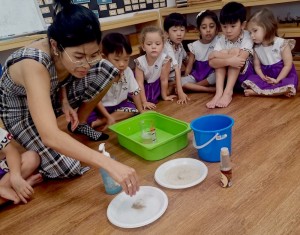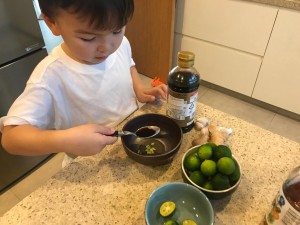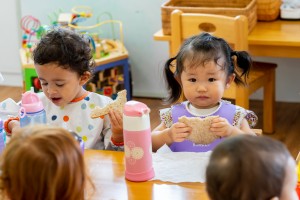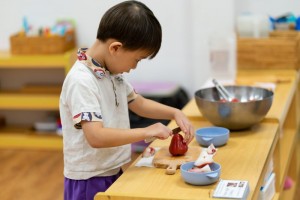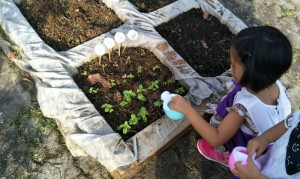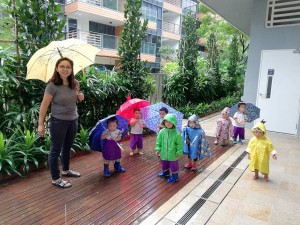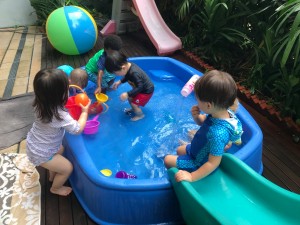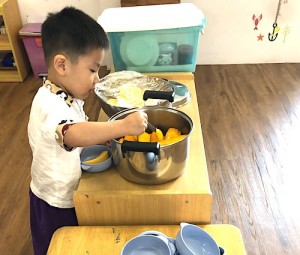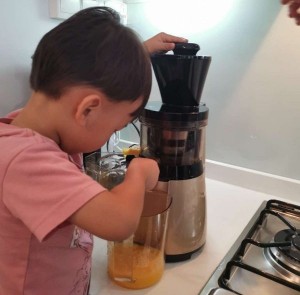
Montessori At Home: Making Popsicles!
On hot days there is nothing more refreshing than a popsicle. Making them at home is a great way to include your child in the kitchen and to make sure the popsicles are healthy and low in processed sugars! Here, we’ve collected two easy recipes that your child can help prepare! First, check that you have all your materials. If you don’t have popsicle molds, no problem, you can use recycled yogurt cups, a muffin tin, or even an ice cube tray for mini pops! You’ll also need some popsicle sticks, a blender, and a freezer. Watermelon + Strawberry + Lime Ingredients 3 or 4 cups of cubed watermelon 1 cup strawberries Juice of 1 lime First cut the watermelon into large pieces, and then show your child how to use a butter knife to cut it into cubes and measure 3 to 4 cups. Your child can wash the strawberries and use the same knife to remove the leaves (for a fun new skill you could also try this strawberry hulling tool) Using a juicer or just by squeezing help guide your child to juice 1 lime. Add all the ingredients to a blender and puree until it is smooth. Your child can pour the mixture into the molds Place foil or plastic wrap over the filled molds. Poke a small hole above each popsicle and let your child place the stick into the popsicle. Freeze overnight! Berry + Secret Spinach Ingredients 3 cups of mixed berries (frozen or fresh) 1 cup (or more!) of spinach 1 cup of orange juice 1 cup of water Help your child wash the spinach and berries, if they are fresh Help your child measure the ingredients and blend together until smooth (the spinach blends in perfectly and the taste is hidden by the berries, giving you an extra dose of veggies!) Your child can pour the mixture into the molds Place foil or plastic wrap over the filled molds. Poke a small hole above each popsicle and let your child place the stick into the popsicle. Freeze overnight!


